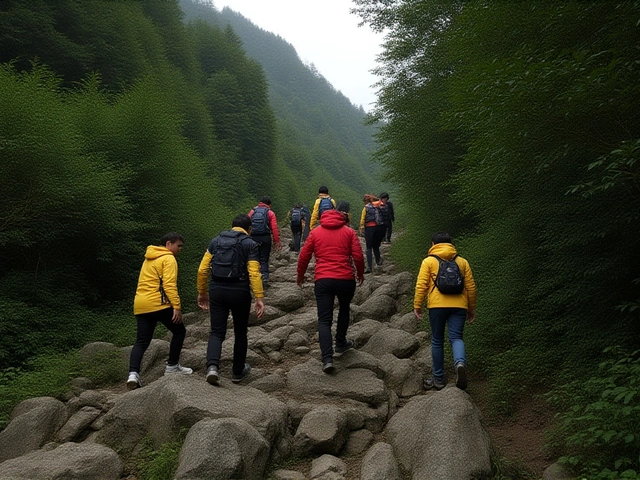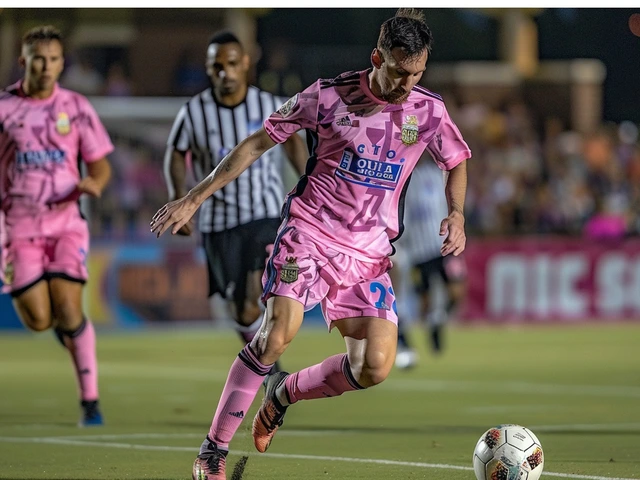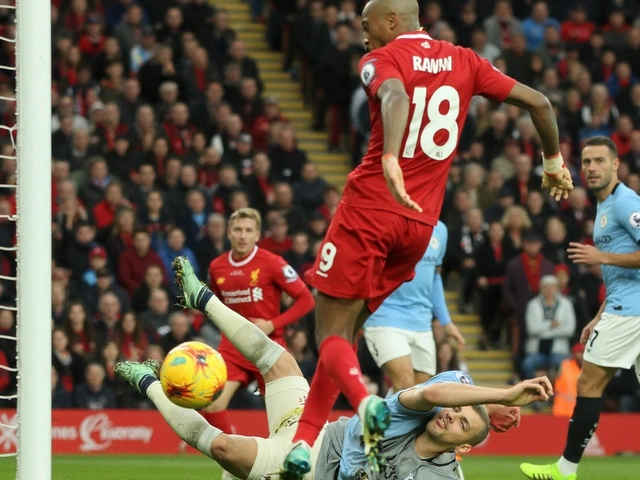Understanding Cardiac Arrest: Quick Facts and Essential Response
Cardiac arrest happens when the heart suddenly stops beating effectively, cutting off blood flow to vital organs. It’s different from a heart attack, which is caused by a blocked artery. In cardiac arrest, the heart's electrical system malfunctions and the heart stops pumping. Without immediate treatment, it can lead to death within minutes.
Why does this happen? The most common cause is an irregular heart rhythm called ventricular fibrillation. Other causes include severe trauma, respiratory failure, drowning, or drug overdose. Sometimes, underlying heart disease triggers cardiac arrest without warning.
Spotting the Signs Before It's Too Late
Recognizing the warning signs can save lives. Sudden collapse, loss of consciousness, no pulse, and no normal breathing are key indicators. If you see someone suddenly collapse and become unresponsive, check for breathing and a pulse. Don’t wait for emergency help to arrive — every second counts.
How You Can Help: Basic Life Support Steps
If you suspect cardiac arrest, call emergency services immediately. Then start CPR (cardiopulmonary resuscitation). Push hard and fast in the center of the chest at about 100-120 compressions per minute. If trained, give rescue breaths after 30 compressions. Using an Automated External Defibrillator (AED) if one is available can dramatically increase survival chances.
Fast action matters because the brain can suffer permanent damage within minutes without oxygen. The sooner CPR and defibrillation happen, the better the odds of survival and recovery. Everyone should know basic CPR — it’s a skill that can turn bystanders into lifesavers.
Cardiac arrest is terrifying, but understanding what it is and how to respond can make all the difference. Stay alert for sudden changes, act fast, and help save a life.









